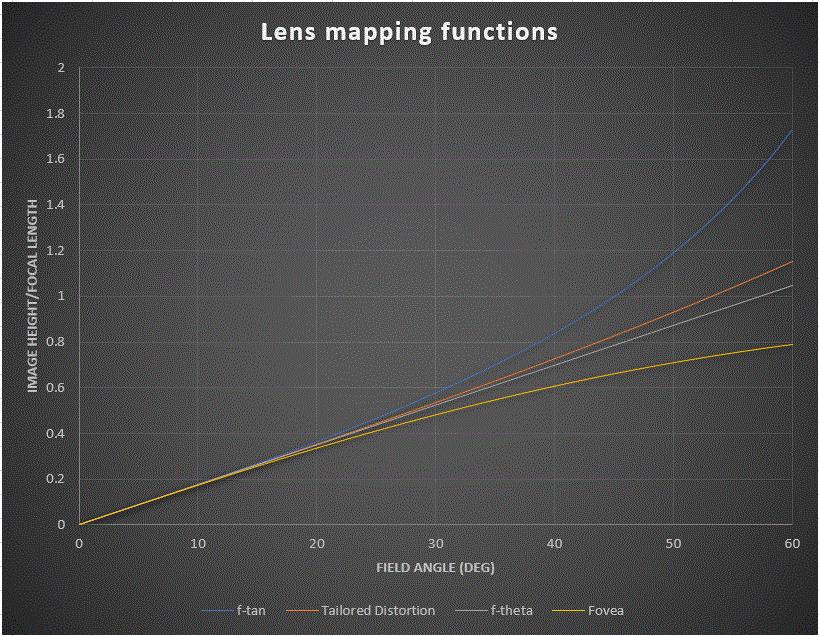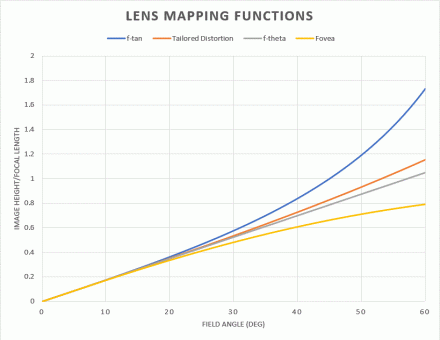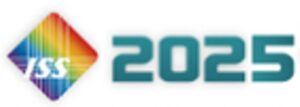Lens distortion is a commonly used term in the general specification of lenses. The classic, textbook definition of distortion includes barrel and pincushion type distortions. These concepts are useful for photographic optics where the field of view of the lenses is not extreme. Lenses designed for machine or computer vision applications can have an extreme field of view. Field of view greater than 100 degrees are common specifications for machine vision lenses. We need to develop more suitable concepts to describe the distortion characteristics of these lenses.
The concept of distortion describes how a lens maps a shape on the object plane to the image plane while assuming other aberrations are negligible. Once the lens mapping function is known the distortion characteristics are fully determined. In a rotationally symmetric lens with infinity object distance, the lens mapping function relates the image height (h) on the image plane to the field angle (theta) in the object space. Some of the commonly seen mapping functions are shown in Figure below:


- The top f-tan curve represents the type of distortion commonly seen with most photographic lenses including smartphone lenses. This type of distortion is known as rectilinear distortion where a straight edge on the object plane is mapped as a straight edge in the image plane. Because the tangent function diverges at 90 degrees, it is not possible to create fisheye lenses (field of view near 180 degrees) with this type of distortion.
- A very useful one is the f-theta mapping function seen as the second down from the top curve. A f-theta lens forms an image where the image height is proportional to the field angle of the incident light. This type of lens mapping function can be used for any field of view lenses. Most wide-angle and fisheye lenses follow this type of mapping function.
- The very bottom curve represents a type of distortion known as “Fovea” distortion. Lenses with this kind of mapping function “exaggerate” the central details while trading off the off-axis details, similar to the function of human vision. Machine vision applications can benefit from this type of lenses include forward-looking ADAS and autonomous driving cameras where the car must detect objects at a far distance in the central vision while still having a wider field of view of peripheral objects.
- The orange curve represents a type of distortion known as Tailored Distortion. The Tailored Distortion is very useful for wide-angle or fisheye lenses where the peripheral details are more important than the central vision. It is the reverse of that the Fovea distortion. Typical applications include ceiling-mounted security camera lenses and surround-view lenses for automotive applications.
Like a traditional fisheye lens, Tailored Distortiontion™ is ideal for automotive, security, and medical applications where an ultra-wide field of view is required. Please view our webinar to learn more about Sunex Tailored Distortiontion™.
There is a wide variety of lens mapping functions or distortion types available for machine/computer vision lenses. Discussing your application needs with our engineers helps to understand the trade-offs before finalizing on the lens distortion specification.


